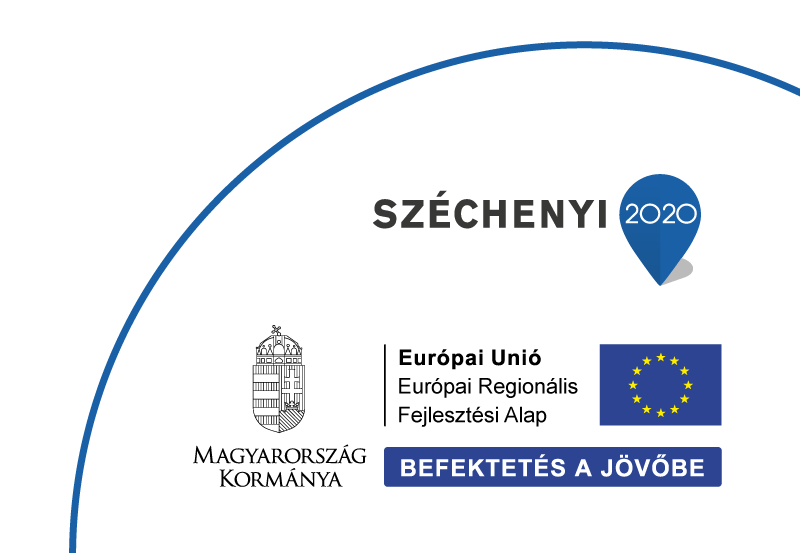Below the energy level of energetic nuclear and particle physics processes, atoms and molecules are the major participants of our everyday life. They determine the physical and chemical properties of materials. Moreover, their interactions lead to numerous spectacular and fundamental phenomena like the visible light emission of the Sun, the northern light, the photon emission of the comets, the appearance of particle tracks in a cloud chamber, the radiation of man-made or natural plasmas and radiation damage of living organisms.
In these phenomena, the change occurs in the electron clouds of the atoms or molecules, which is the principal subject of atomic physics. Atomic physics processes have been studied for a long time. Enormous knowledge has already been accumulated but there are processes, which are not well described yet. This is especially true in the case of molecules, which require even more complex theoretical description, even though they play more significant role in applications.
In the Atomic Physics Laboratory, the processes occurring in atoms and molecules due to ionic or photonic collisions have been studied for few decades. The methods of the studies are developed from the methods of nuclear science. We use the same or similar instruments and accelerators for producing the ion or photon beams. We investigate the collisions in a wide energy range starting from a few hundred electronvolts to a few megaelectronvolts. The charged particles (electrons and ions) emitted due to the projectile are detected and measured by electrostatic, time-of-flight and coincidence spectrometers. Nearly all of our equipments are designed and constructed by ourselves.
We study the following basic processes: emission of electrons from the collision systems (ionization), excitation to higher-level states, electron capture by the projectile from the target, fragmentation of molecules. We also give theoretical description for the underlying and other atomic-physic processes. They are treated both at quasi classic and at ab inito quantum mechanical level. In the recent years, we also investigate systems, which are more complex than atoms or molecules. The subjects of those studies are the guided transmissions of ions through insulating nanocapillaries and radiation damage of polymers in comparison with that of their monomers.
 Magyar
Magyar
